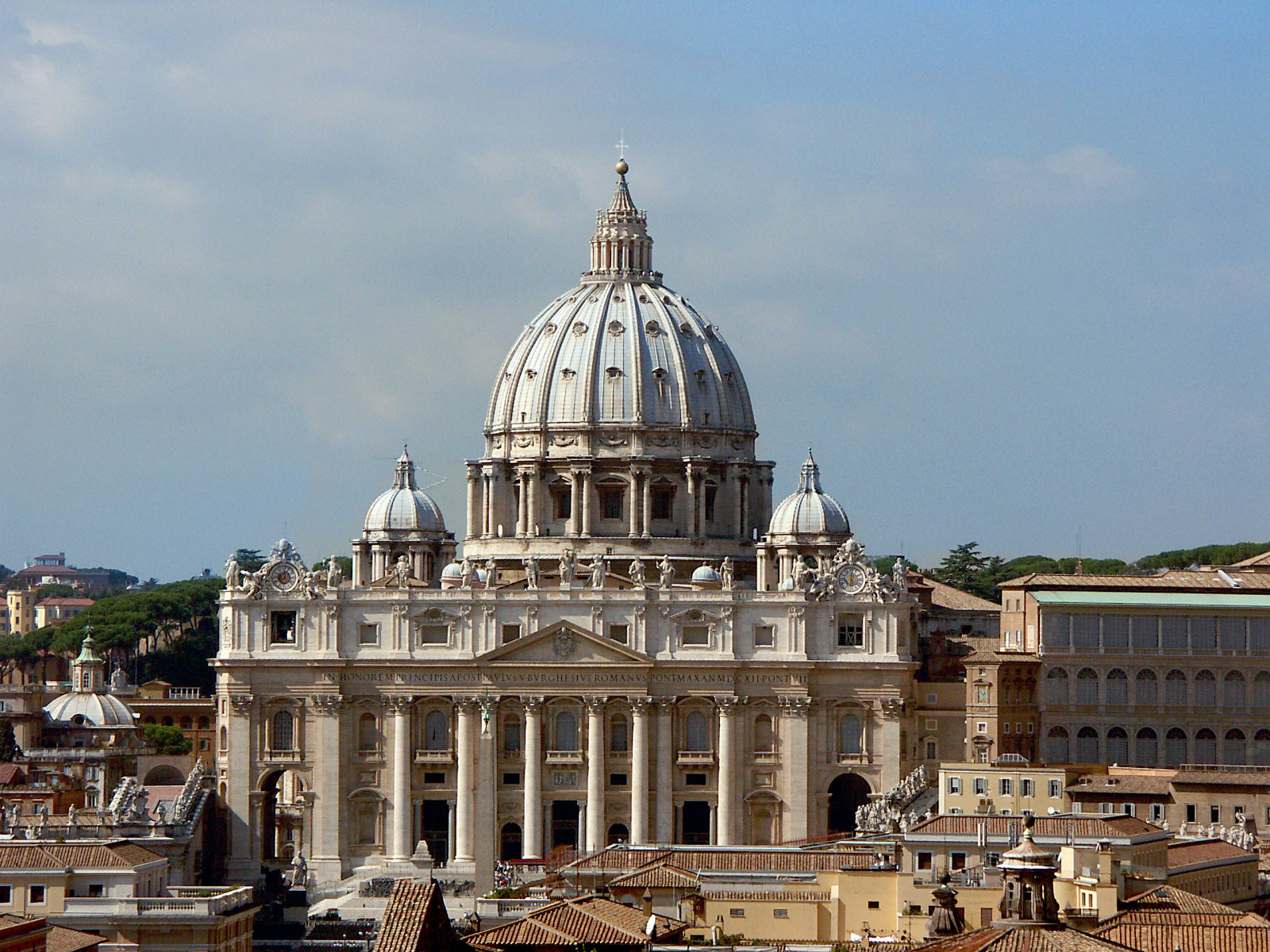
What Does Living the Catholic Faith Look Like?
Living the Catholic faith is a deeply personal experience, and each individual may answer that question in their own way. For many Catholics, living out their faith begins with participation in the liturgical life of the Church. Most will attend Sunday Mass, the cornerstone of Catholic worship, whenever they are able. Additionally, they will make time to attend Mass on Holy Days of Obligation, which offer special opportunities to reflect on significant aspects of salvation history and the life of the Church. These acts of communal worship are not just obligations but essential practices that draw the faithful into communion with God and one another.
Catholics may also incorporate daily prayers into their lives, acknowledging God’s presence and blessings. Saying “grace” before and after meals, for instance, is a simple yet profound way to express gratitude for God’s provision. Nightly prayers before bed serve as a moment of reflection and connection to God, thanking Him for the day’s gifts and seeking peace for the night. Some Catholics may even carry a rosary with them as a reminder to remain connected to their faith and as a tool for prayer, reciting the mysteries as a way to meditate on the life of Christ and the Virgin Mary.
Outward symbols of faith are also common among Catholics. Wearing a cross or crucifix, perhaps as a cherished heirloom passed down through generations, can serve as a daily reminder of Christ’s sacrifice and love. This tangible representation of faith is often worn with reverence and devotion, not just as an accessory, but as a symbol of one’s commitment to Christ.
Beyond personal devotion, many Catholics actively engage in their parish community, where the Church comes to life. They may volunteer in various capacities—ushering at Mass, serving as altar servers, singing in the choir, or even stepping into the role of deacon. Parish societies and larger Catholic groups, such as the Knights of Columbus or the Italian Catholic Federation, offer opportunities for fellowship, service, and spiritual growth. These groups are vital in creating a sense of belonging within the larger Church community, where members can support one another in faith, offer charitable service, and participate in collective prayers and events.
A Catholic’s commitment to their faith also often manifests in generosity. Donations to the parish are part of the stewardship that supports the work of the Church, ensuring that its mission continues to spread the Gospel and serve the community. Many Catholics also extend their generosity by helping charitable organizations, particularly those that serve the poor, the hungry, and the homeless. These actions are seen not as mere obligations but as tangible expressions of love for one’s neighbors, demonstrating Christ’s command to love one another.
At the heart of the Catholic life are the Precepts of the Church, which are essential principles that every Catholic is called to follow. These precepts are not burdens or arbitrary rules; rather, they are the bare minimum actions a Catholic must undertake to truly live out their faith. They exist not to constrain, but to nurture the relationship with God, provide structure to one’s spiritual journey, and foster a deeper sense of communion with the Church. These precepts are guides to a life of prayer, service, and worship that draw Catholics closer to God and help them grow in holiness.
Living the Catholic faith means embracing these practices with a heart open to God’s grace. It is a way of life that calls for continual growth, a willingness to serve, and a desire to deepen one’s relationship with God, the Church, and one’s neighbors. It is not just about fulfilling obligations, but about living a life that is rooted in love, faith, and hope—drawing ever nearer to the divine as we walk the path of discipleship.

No comments:
Post a Comment